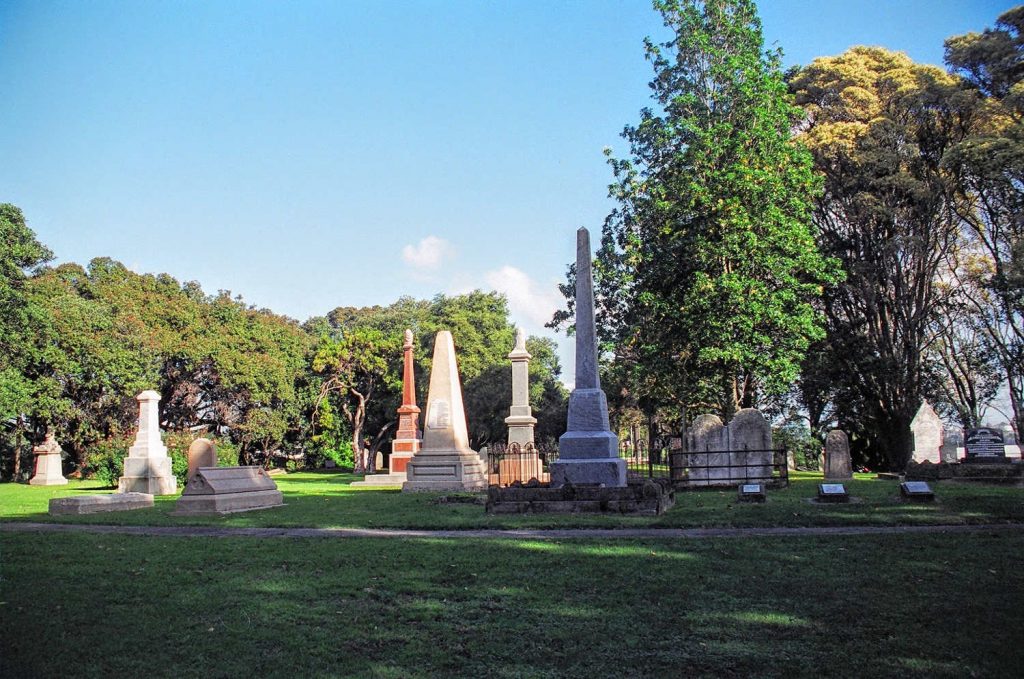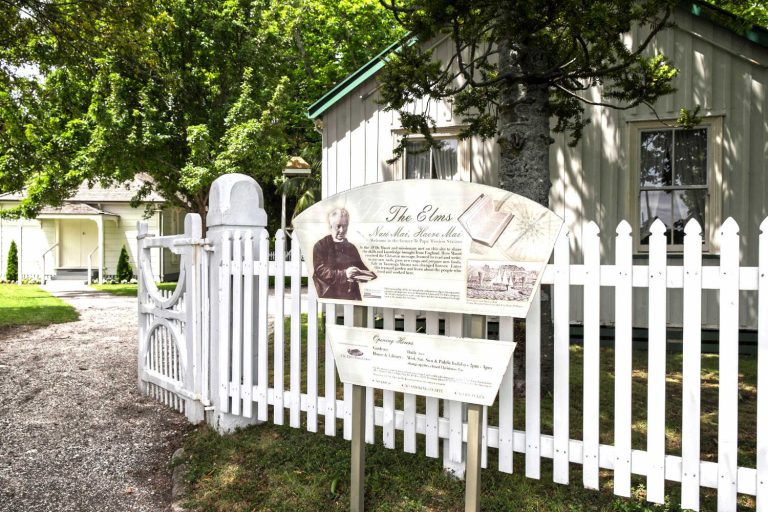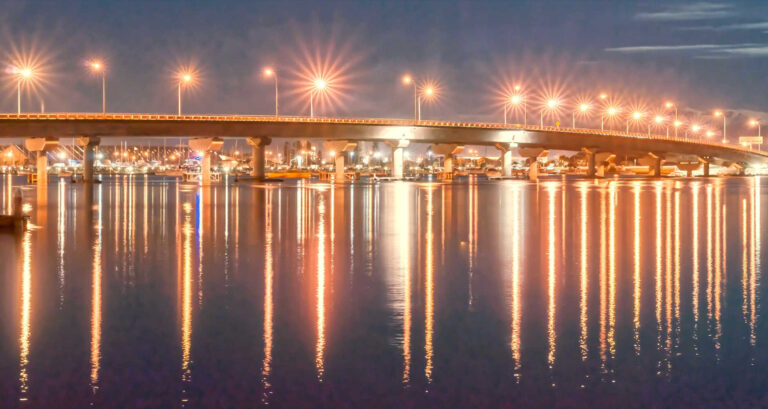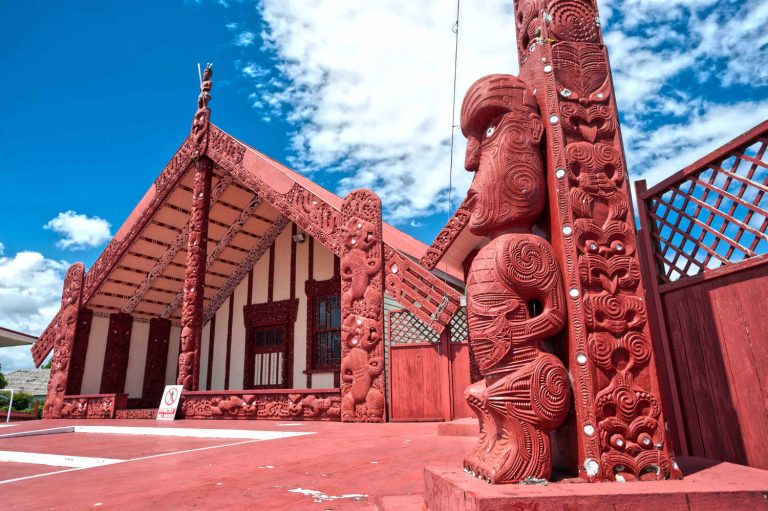THE BATTLE OF GATE PA
Explore and absorb one of the narratives of the NZ Land Wars. The 19th century Land Wars had one urban battle and the site was the gate at the southern boundary of The Elms. The gate marked the entrance to pre-European walking tracks to the Te Papa peninsula. A small pa had emerged at this point and was the scene for the battle between the Imperial troops and Maori 21 April 1864. It is a sombre moment for visitors, among the weeping willows thinking about the loss of life. For military heritage visitors The Elms, Gate Pa and the Monmouth Redoubt are must-go destinations around Aotearoa New Zealand.
NZ Land Wars fundamentally altered the lives of the missionaries and the converts with the dispossession of lands and forced land confiscations. Inevitably the relationship between the mission and the locals declined.

Intertwined lives led to tragedy. Of all the guests at The Elms Anglican Te Papa Mission Station dinner table the night before the Battle of Gate Pa only one survived the next day. The battle was remarkable for its strong ethical code of conduct towards the enemy. Henare Taratoa, on behalf of the Ngāi Te Rangi leader, Rāwiri Puhirake delivered instructions water was to be provided to fallen soldiers and injured were to be treated and not summarily dispatched. Henare Taratoa was known for his devotion.

MONMOUTH REDOUBT
With the arrival of Imperial troops from the arrival of Durham and 43rd Monmouthshire Light Infantry regiment, a redoubt and fortifications were built. The aim was to block the flow of supplies to the Maori King movement in the Waikato. The redoubt was built on top of the archaeological features of the earlier settlement at Taumatakahawai.
The redoubt is significant as the only military redoubt built in a town centre.
MISSION CEMETERY
Henare Wiremu Taratoa (1830-1864) epitaph reads, A devout christian who presented The Code of Conduct (on behalf of the Ngāi Te Rangi leader, Rāwiri Puhirake) before the Battle of Gate Pā … mission cemetery
The Mission Cemetery (also known as the Military Cemetery) has monuments to the Naval Brigade, 43rd Monmouth Regiment and a mass Maori grave. Rawiri Puhirake, leader of the iwi at Gate Pā, who was killed at Te Ranga, was exhumed and reinterred here in 1874. Hori Ngatai, whose account of Gate Pa appears in Mair’s The Story of Gate Pā, was buried in the Mission Cemetery in 1912.
The Mission Cemetery is the oldest European cemetery in the Bay of Plenty. Until 1864 only there were only three burials here, Anne Wilson, wife of missionary John Alexander Wilson, Marsh Brown, son of Alfred and Charlotte Brown, and Irihapeti, wife of trader John Lees Faulkner.
The cemetery contains the graves of about 55 military men killed in the engagements around Tauranga and 14 Maori warriors who died at the battles of Gate Pa and Te Ranga. A memorial stone was erected on the mass grave in 1997.
Mission Cemetery further reading … ‘The cemetery is thought to contain the remains of about 100 imperial and colonial troops and 14 Māori fighters who died in the Tauranga district during the New Zealand Wars. Fewer than half of the graves are marked with headstones or plaques…


Whilst the graves were being dug, a greenstone mere was unearthed, known by the name of Te Raukaraka (pounamu mere) due to it being made from a rare kind of greenstone resembling in colour the leaves of the karaka tree.
It belonged to the Tauranga chief Koraurau, who held Otamataha Pā. In 1828, he gave the mere to Gilbert Mair (Snr), father of Gilbert Mair, during a visit to Tauranga in the mission schooner Herald. Mair (Snr) left the mere for a short time in the care of Koraurau, but on his return found that Otamataha Pā had been decimated and Koraurau killed.
Nothing more was heard of the mere until after the Battle of Gate Pa in 1864, when some soldiers, who were digging graves for their fallen comrades, unearthed it. The mere was identified and handed over to Koraurau’s son Hohepa Te Mea, who gave it to Captain Mair in pursuance of his father’s promise. Auckland Museum now holds the mere.
BEST BITS TRAVEL GUIDE
Best Bits travel guide is published by nzjane.com. Owned and managed by PacificJane Ltd.
Our editors independently visit tour operators, purchase tickets, pay for accommodation, and rate products and places. We are not paid to go on a tour or visit a place. We only make money if you decide to purchase a product through our website links. We promise to never accept free products from manufacturers in return for boosting their products. Read more about our affiliate programme in the terms and conditions HERE.







